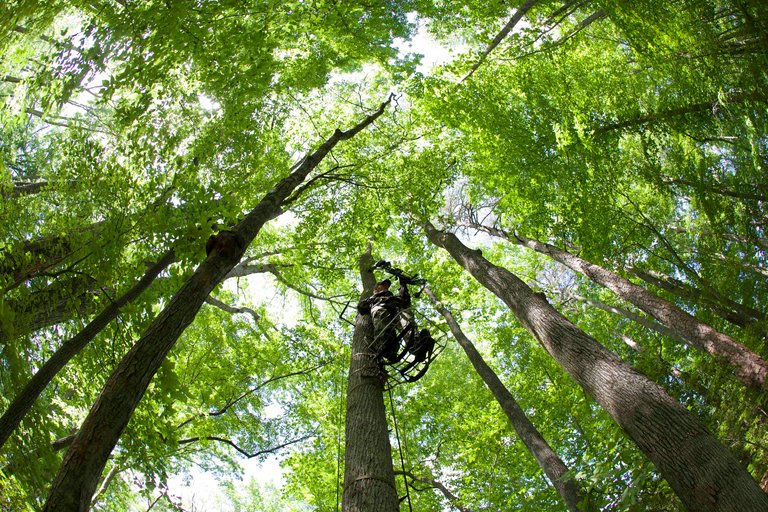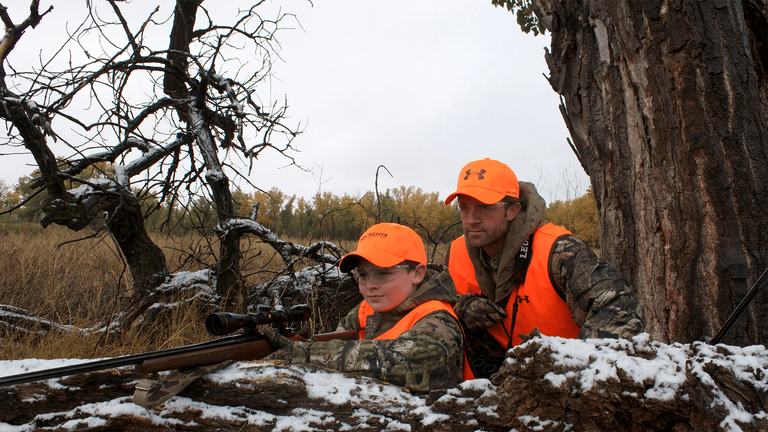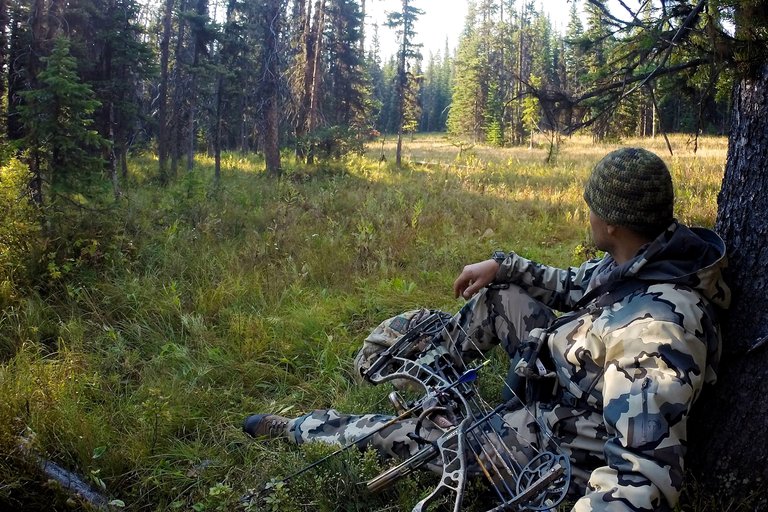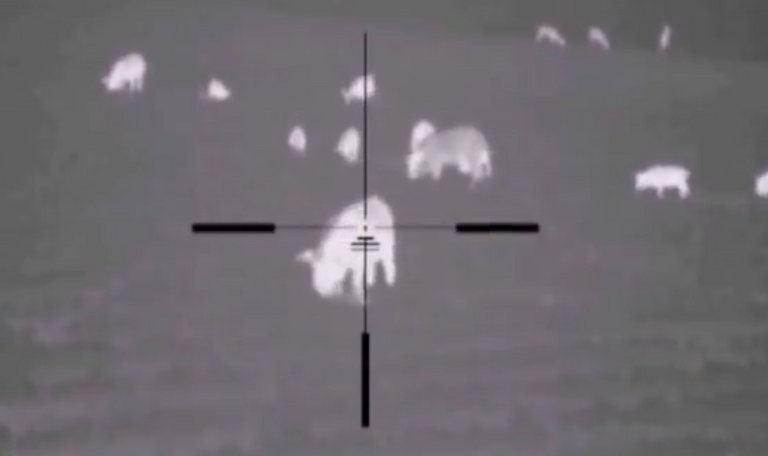Deer Hunting Guide: The Early Season
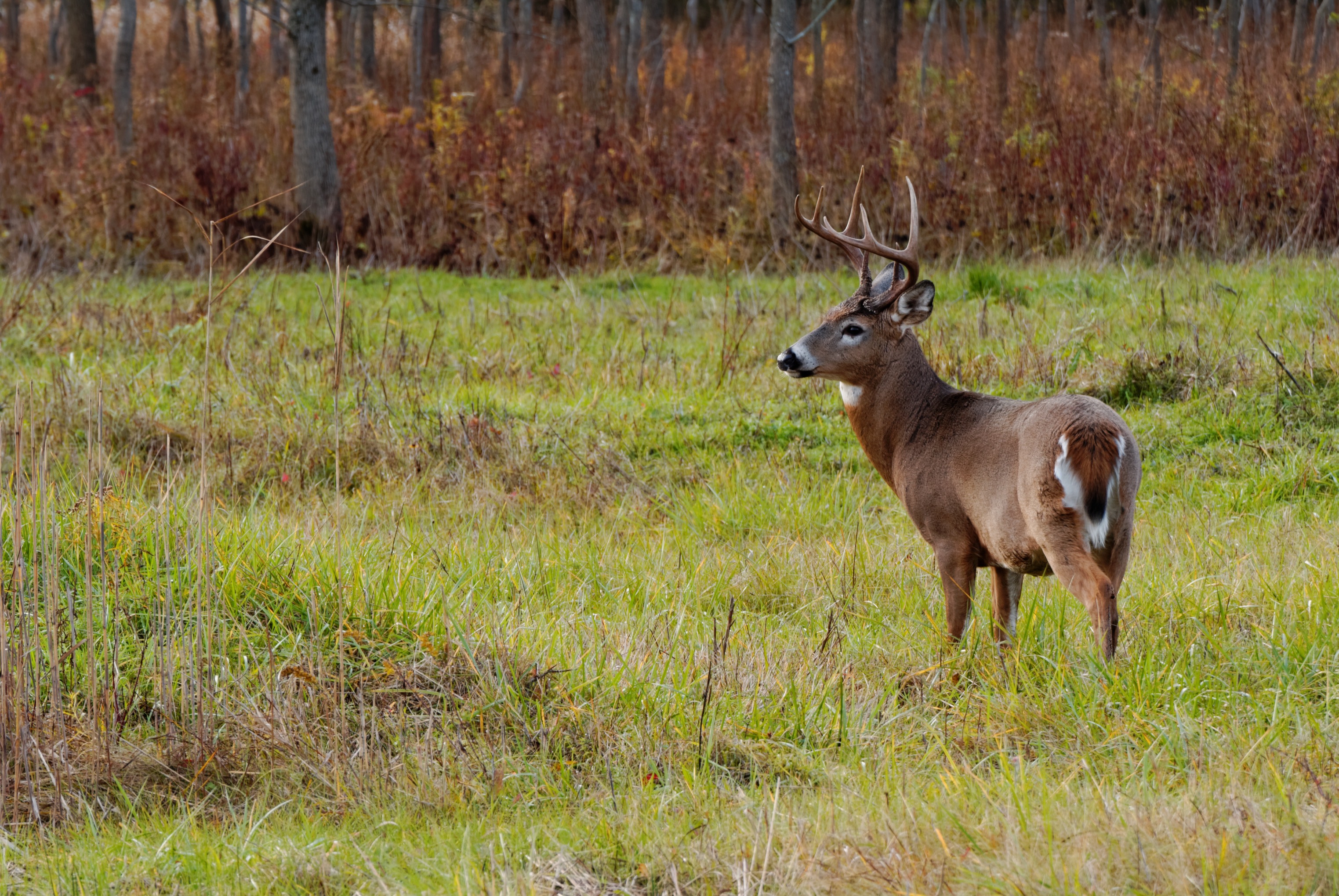
At some point in your life, a relative, friend, or old-fashioned curiosity led you out into the great outdoors. From day one you began learning and, hopefully, you have not stopped studying since. For those who want to continue that learning, consider this a cheat sheet for the upcoming season. Deer season is a great time, but if you hunt the same way every day of the year, you may find yourself eating a bowl of tag soup this Christmas. Deer behavior changes a lot throughout the fall, and to follow these changes you have to break the entire season down into smaller sections. Summer is over and class is started, so let’s get ready for that first midterm called early season.
When Is Early Season for Deer Hunting?
Typically, early September through the first few weeks of October constitutes early season for deer hunting. In a few states, hunters take to the woods as early as August. In most states, early season is limited to archery for a specified portion of the season. Always verify early season requirements with your state’s official hunting agency.
Advantages for Early Season Deer Hunting
- Deer tend to be less wary during the opening weeks of the season. As the season progresses, the pressure increases and deer become increasingly aware of their surroundings. Starting early allows you to take full advantage of this behavior.
- Deer are more predictable with their feeding patterns during early season; and, as a result, deer can be easier to pattern during this time of year.
- Bucks are often still in bachelor groups and are primarily driven by their appetites. If your goal is to take a large buck, the early season can give you a fine opportunity to do just that.
Early Season Scouting
A significant advantage to early season hunting is that most deer are still on their summer patterns, which can really make things easier from a scouting standpoint.
When you are a youngster in the first grade, the day pretty much revolves around two activities. Lunch, and nap time. The deer woods are no different in the early season. Bucks have shed their velvet and the testosterone levels have just begun to rise. Right now, their big concerns are putting on weight for the upcoming rut, and finding a nice secure place to bed down. During this time, there is a good chance that deer are still on their summer patterns, which can really help put things in the hunter’s favor. Let’s explore these two pieces of the puzzle, and then dive in and figure out how to tag that early season buck.
Food Sources
This time of year, finding food sources is usually not a hard task. If you are in an agricultural area, crops are everywhere and in abundance. Find a good stand of timber, creek, or drainage on the side of a crop field and either scout from a distance or place a trail camera or two along the edge. Before long, you will know what kind of bucks are in the area.
This same advice goes for food plots if they are in your area. In timber country, any break in the trees where sunlight can reach the ground is going to be a hot spot where native vegetation thrives.). Fruit trees can also be a dynamite early season strategy no matter where you are, as this will be the time the fruit is getting ripe enough to eat and are a sweet treat for deer.
Bedding Areas
Whether you are a first grader or a 200-inch buck, after food comes nap time. Locating a bedding area can be a more challenging task, especially for a new hunter. Luckily you don’t have to find a specific bed, and there are clues to help narrow it down.
Whitetail are less cautious during the early season due to a lack of pressure from would-be hunters.
In the spring and summer months, does and bucks alike tend to bed closer to food sources, due to a lack of pressure from would-be hunters. They are not being chased and hunted at this time of the year, and their bedding behavior reflects this. Don’t forget about water, it is also an important bedding factor for deer. More mature bucks tend to prefer terrain advantages when choosing a bedding location, especially when feeling pressured.
Early Season Tactics
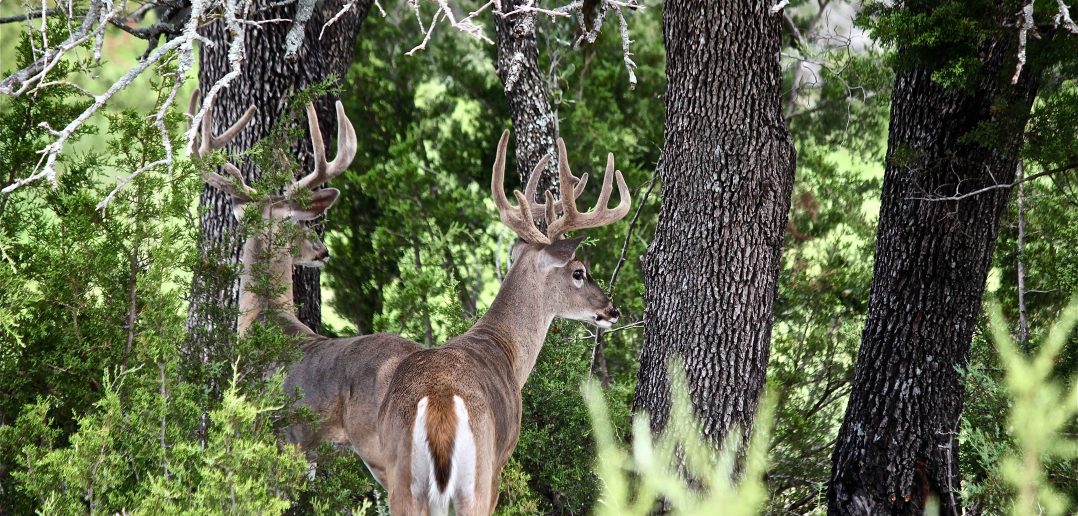
The early season is a great time to hunt, but the tactical approach is much different than hunting the rut. Bucks aren’t charging around recklessly during this time of year, but that’s ok. Using the correct tactics, the early season can pay off in a big way.
Be Scent Aware
When scouting in the early season, many new hunters simply overdo it. To successfully scout, you need to minimize your trips to the woods, and when you do go, you need to be as scent free as possible. Any scent left behind, or anything out of place runs the risk of blowing the deer's patterns. I’ve seen this exact scenario happen on multiple occasions.
Note the Direction of Travel
If you see a buck enter a field, or get a picture of a buck headed to or from a food source, pay attention to the direction of travel. Trail camera pictures can tell you a lot more than just that a buck was there at a specific time. The same goes with watching a deer enter or leave a field. Where did he enter that field? What direction was he coming from? What direction was he going? What time of day was it? If you get past the point of thinking “Oh cool a buck!” and really pay attention, those pictures will tell that bucks story.
Timing Is Everything
In my experience, if a buck enters a field at 2am every night, there is a chance his bed is pretty far away. This means that you may have to get further into cover to see him on his feet during daylight hours. If the majority of your sightings or pictures show him coming from a certain direction, look for nasty terrain or thick cover in that direction. Google Earth can be a great tool to help with this. If it looks like something you would hate to walk through, there is a good chance that’s where that buck is calling home.
I Found a Buck! Now What?
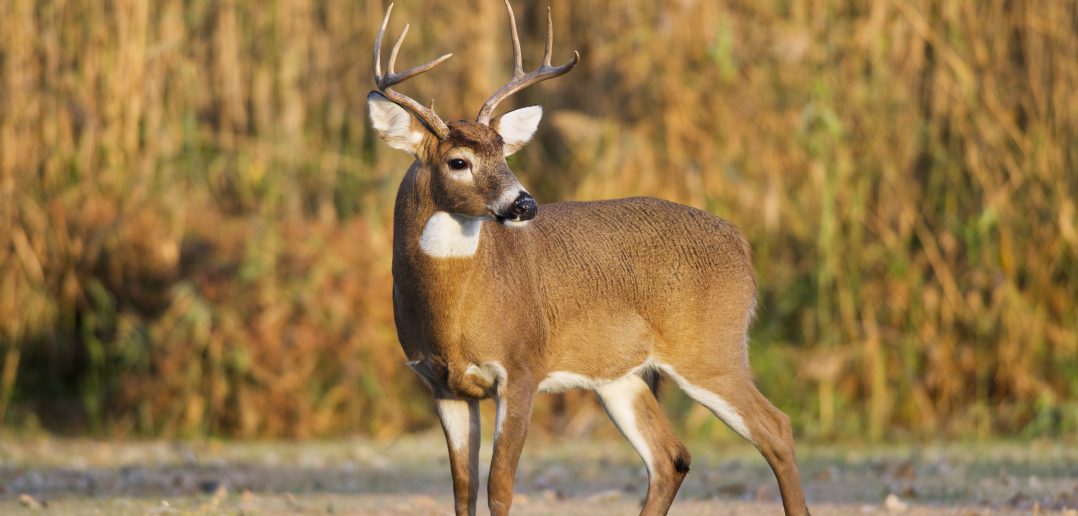
You’ve got a general idea of where the bedding area is – time to make good on this information. For starters, go halfway between that food source and the supposed bedding area. Scout or place a camera at this location and see what turns up. If the buck shows up on the edge of daylight, hang a stand and wait for the conditions to be right. If it’s still over an hour from day light, move closer. Repeat this process until you feel comfortable that you are close. Make sure to stay at least 100 yards from the bedding area and be smart about how and when you go in, even if it’s just to scout. Remember, that the buck is there for a reason, and it’s because he feels safe. Don’t push too hard or you will have to start the process all over from scratch.
Use Caution When Setting Up
Many hunters spend significant time scouting deer, only to go back the week before season starts to scent the place up. Come opening day, the deer have assumed new patterns and the hunter is left wondering why. Don't make the same mistake!
It is important that you are smart about how you set up. You have his patterns locked in, don’t do anything to scare him off. The challenge with setting up is to find the right stand placement where a deer can’t detect you. This can be tricky. Many hunters spend time scouting and locating deer, only to go back the week before season starts to scent the place up and/or cut trees down. Come opening day, the deer have assumed new patterns and the hunter is left wondering why.
Take the Wind into Consideration
Wait for a good wind and find a tree or spot for a ground blind that will be downwind (consider the dominant or most common wind direction) of where the buck most commonly enters the field and make your setup. When you are hunting this close to a food source or bedding area, you really have to pay attention to how you enter and leave the stand, and where your wind is blowing while you move.
Conclusion
Early season hunting can be very rewarding. To be successful during this time of year, it all comes down to being smart about your efforts. Don’t overdo it. Don’t go into the woods every day to check your camera. Be discrete about setting up your treestand or blind. Use scene elimination systems. Hunt the wind. If the wind isn’t favorable, do not hunt because you’ll blow your chance. Take your time and do the little things right.

